This Resort in B.C. Is Mixing First Nations Heritage with R&R
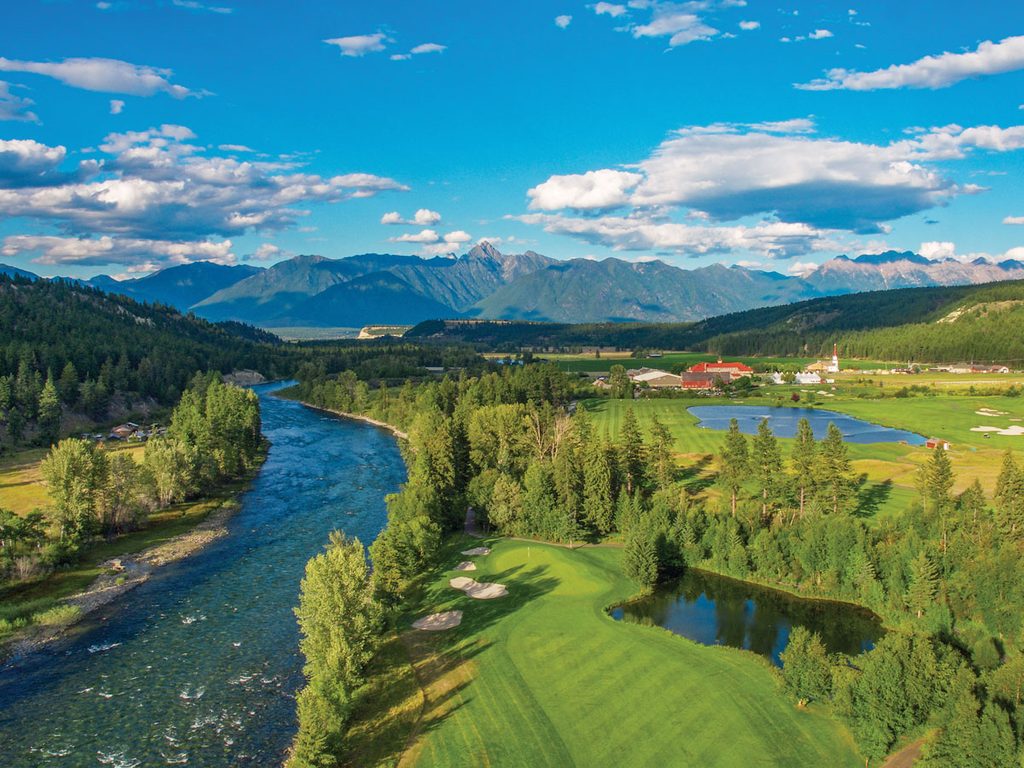
Cranbrook has taken repurposing to the next level, and tourists are reaping the benefits. Here’s why you should add it to your post-pandemic travel plans.
For as long as I can remember, I’ve always wanted to learn more about Canada’s First Nations. I never thought I’d have the opportunity to dig deeper than what I learned in my history textbooks as a child. I definitely never thought I’d be awakened by the squawking of geese while spending the night in a teepee, just footsteps away from a former residential school.
But that’s exactly what happened on a recent trip to Cranbrook, B.C., where I had the chance to take a glimpse into the world of Canada’s First Nations. There, I saw how this town has taken the idea of repurposing to a whole new level, starting with a residential school that is now a resort.
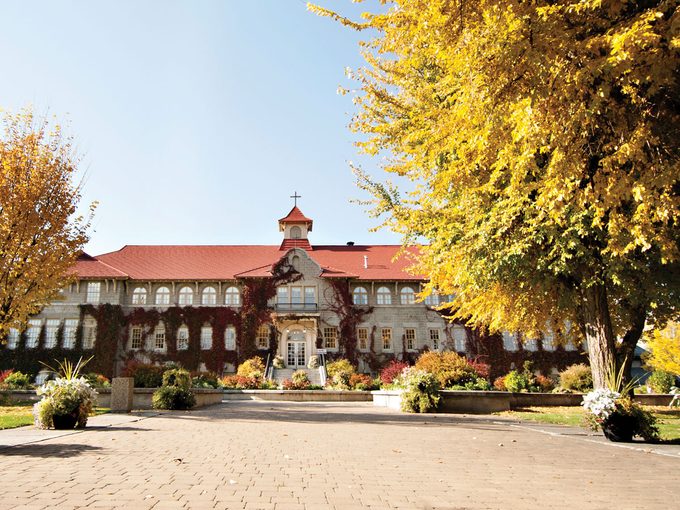
The St. Eugene Mission school was in operation from 1912 to 1970, during which Indigenous children were taken from their families and forced to assimilate into “Canadian” culture. But today, the red-brick building that has affected thousands of children over generations has been transformed into St. Eugene Golf Resort and Casino. The property is solely owned by the Ktunaxa Nation, a local Indigenous group that has lived on the land for more than 10,000 years.
“We could’ve called it the Ktunaxa Resort, but we had to recognize exactly what it was and reclaim it,” says Sophie Pierre, former chief of the Aqam band of the Ktunaxa Nation and a residential-school survivor. “We changed the narrative, so to my granddaughter, it’s just a hotel where she is excited to play, and that’s part of the healing.”
Where to stay
St. Eugene Golf Resort and Casino offers 125 rooms and suites and a par-72 championship golf course. The picturesque views of the Rockies to the east and the Purcell Mountains to the west are nothing short of breathtaking. Fisher Peak, the highest summit of the southern Rockies, dominates the hotel’s backdrop. (Here are some other great Canadian golf courses worth checking out.)
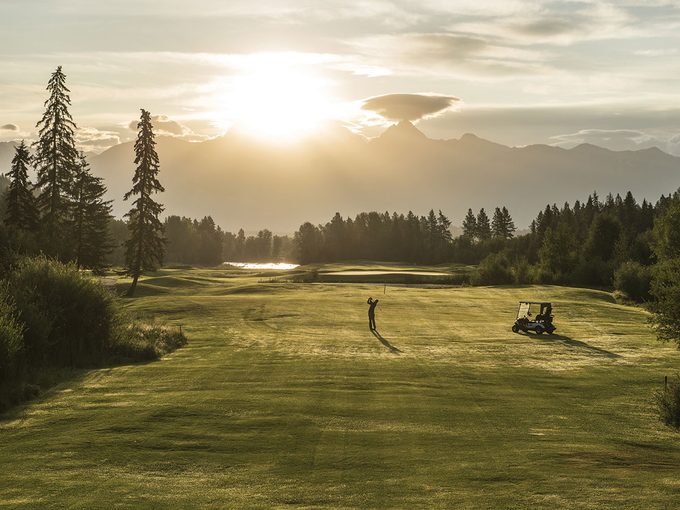
The friendly staff complement the warm, homey ambience of the resort. On the walls, you’ll find First Nations artwork and framed photos of past chiefs. On the lower level of this upscale hotel is the Ktunaxa Interpretive Centre, where guests can learn more about the history and culture of the Ktunaxa Nation through photos and artifacts. Don’t forget to ask the front desk about Legends Night, where you can enjoy a bison burger (think beef’s gamier cousin), followed by stories around a campfire told by a Ktunaxa Elder.
During my stay, I took part in Speaking Earth, a program that dives even deeper into Indigenous culture. From learning how to raise a teepee (which makes putting up a tent look like child’s play) to playing traditional games to handcrafting my own dreamcatcher, it truly was a unique and fulfilling experience. The program is currently open to groups of six to 24 people.
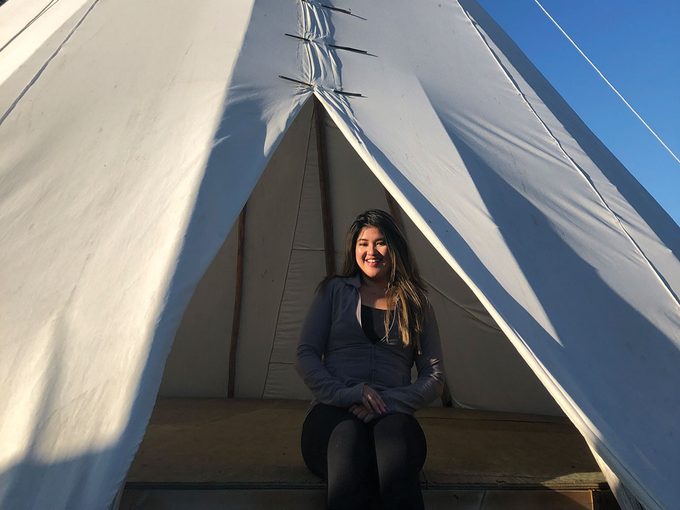
Where to eat
Another repurposed building is Fire Hall Kitchen & Tap, located in downtown Cranbrook. This rustic hotspot was previously known as Fire Hall No. 1, and it still has the fire truck doors, brick walls and, of course, a sliding pole. The gastropub has tons of craft beers to choose from, including What the Huck Huckleberry Wheat Ale, which is native to the Rocky Mountain region. It offers a unique twist on comfort-food classics, including tuna poke nachos and a fiery jalapeño green salad.
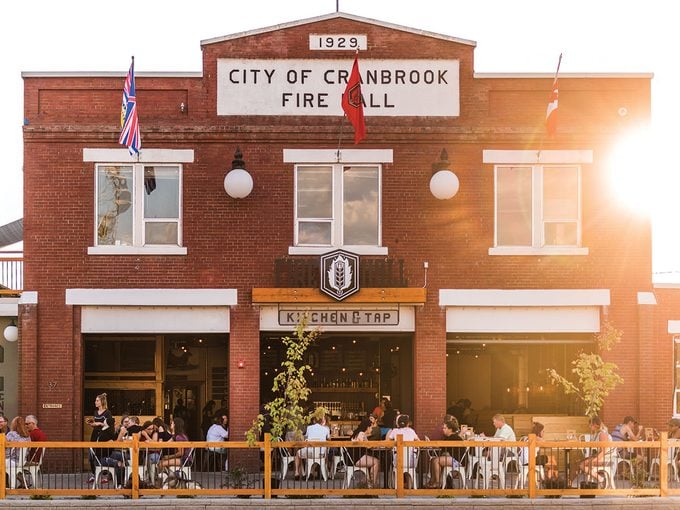
End your day on a sweet note by visiting Happy Cow, the go-to dessert spot for locals and visitors alike. You can choose from a wide variety of homemade treats, including vegan sorbets, froyo and ice cream (their most popular flavour is honeycomb and, trust me, I still crave it from time to time).
Where to bike
Up for a sweat with a scenic view? Slather on the SPF and go for a 25-kilometre ride on the North Star Rails to Trails. As the name suggests, it’s a paved trail on a converted railway bed that connects Cranbrook to its neighbouring city, Kimberley. The best workouts are the ones that make you forget you’re working out. Throughout the ride, I was surrounded by panoramic views of snow-capped mountains, lush forests, lakes and rivers — need I say more? If you’re looking for a more challenging ride, check out the Chief Isadore Trail, where you can bike 44 kilometres on rugged terrain. Everyone I passed, whether they were on foot or bike, greeted me with a wave or smile.
As a first-timer to the West Coast, I found the welcoming nature of the locals to be reason enough for me to plan my next visit.
Next, find out which Canadian city has everything you need for a feel-good weekend getaway.




